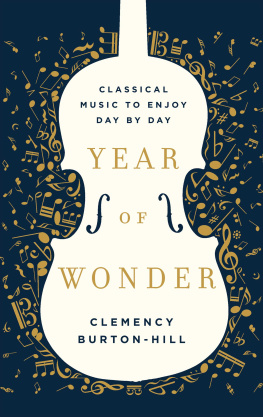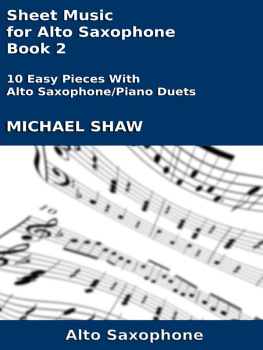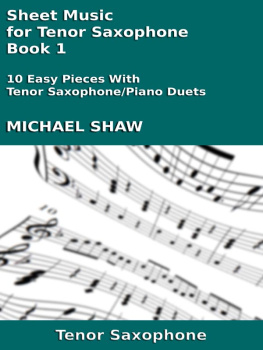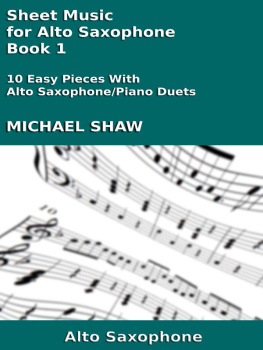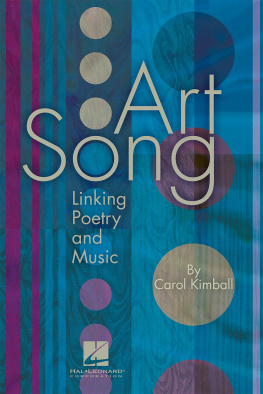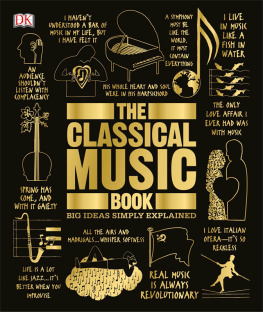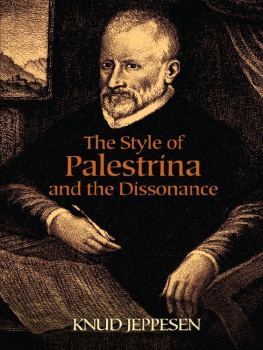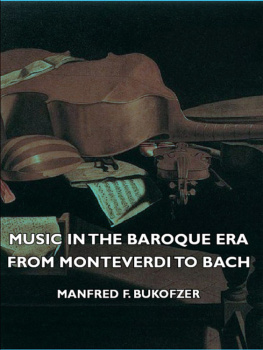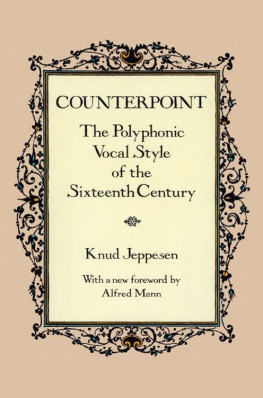2018 Jonathan Boswell
Jonathan Boswell has asserted his rights in accordance with the Copyright, Designs and Patents Act 1988 to be identified as the author of this work.
Published by Jonathan Boswell
First published and printed in 2018
First published in eBook format in 2018
ISBN: 9781912643851
(Printed edition: 978-1721968954 )
All rights reserved under International and Pan-American Copyright Conventions. By payment of the required fees, you have been granted the non-exclusive, non-transferable right to access and read the text of this e-book on-screen. No part of this text may be reproduced, transmitted, downloaded, decompiled, reverse-engineered, or stored in or introduced into any information storage and retrieval system, in any form or by any means, whether electronic or mechanical, now known or hereinafter invented, without the express written permission of the Publisher.
Production and distribution by eBookPartnership

Palestrina in middle age, about to compose.
Anonymous 16th century portrait Courtesy of Biblioteca Casanatense, Roma
Foreword
I first encountered Palestrinas music as a young man back in the 1950s. I listened so often to his Mass setting Aeterna Christi Munera that the vinyl record finally cracked. Many years later I sang enthusiastically in small choral groups devoted to early music. Palestrinas works, I found, provided a very good training ground for an amateur choral singer. I sang a fair amount of his music in workshops, sometimes in semi-concert conditions, and regularly for many years in church. Then I soaked myself in the relevant literatures. Wide ranging literature studies were familiar territory as an academic general historian I had undertaken many of them.
I believe that Palestrinas music possesses not just a fascinating structure and style, and an exceptionally long, vividly eventful history, but also that it has a powerful ability to interact with emotion, imagination, social values, religious beliefs. Sadly, though, all sorts of barriers divide this music from the generality of music lovers today. It seemed to me that there was an overwhelming case for a new bridge, a fresh outreach. So I decided to write this book.
For several years I worked through most of the composers huge opus and listened to all the recordings I could get my hands on, extracting large samples for the book. My descriptions in the book pay particular attention to texts, purposes and the total sound while addressing structure, style and voice deployment in accessible terms (expert musical knowledge is not assumed). There are chapters on Palestrinas life and times, his musics changing fortunes over the centuries, and the viewpoints of its singers and conductors.
Palestrinas music poured out during the Catholic Counter Reformation of the late 16th century. Most of it is devoted to the Christian narrative and to Catholic beliefs and liturgy, while ideas about God echo throughout and relate to its essence. So whatever your beliefs, a fair understanding of these subjects is necessary. But the musics appeal and ongoing potential obviously go much wider. Secular and wide-ranging sorts of response to it - emotional, spiritual and imaginative - form a central focus of the book.
I am grateful to the people I have sung Palestrina with over the years, too many to mention here. Helpful thoughts came from Joseph Angolano, the Rev David Brown, Johan Herczog, Jill Mitchell, Eoghain Murphy, John Piper, Michael Procter, Ciro Quaranta, Hugh Rosenbaum, David Salvage, Yaron Shavit, Martin Stacey and Dominic White OP. Advice on historical aspects and specialist sources came from Simon Ditchfield, Rev Dermot Fenlon, James Garratt, Thomas Muir and John OMalley SJ. Andrew Wilton and Sophie Boswell commented on aspects of readability. I am grateful to Peter Wilson for knowledgeable help on a range of technical issues. Ian Henghes provided valuable assistance at the final compilation stage. eBookPartnership have been very efficient in organising and producing both print and ebook versions, and thanks are particularly due to Chantal Chevalier for her help through most of the process.
Special thanks are due to Professor Giancarlo Rostirolla, longtime Palestrina expert and Artistic Director of the Fondazione Giovanni Pierluigi da Palestrina, for help in Rome and for arranging access to the Centro di Studi Palestriniani in the citta Palestrina, with its indispensable collection of books, monographs, records of seminars and conferences, and bibliographical sources. Helpful advice on illustrations came from the Accademia di Santa Cecilia.
A key part was played by interviews with choral conductors: David Allinson, Martin Baker, Stephen Darlington, Alistair Dixon, Blanaid Murphy, James ODonnell, Patrick Russill, Bruno Turner, and Terry Worroll. Peter Phillips kindly provided illuminating reminiscences on the role of Palestrinas music in the early days of the Tallis Scholars. Andrew Carwood was a great stimulus during a memorable week of singing efforts under his direction in Triora, Liguria, and in subsequent discussion.
I owe a great debt to Noel ORegan for generously sharing his exceptional knowledge of the composer and for commenting in detail on a complete early draft of the book, and to Claude Crozet for many helpful discussions.
As with much previous writing my wife Jill helped at every stage with copy editing and stylistic issues. None of these individuals should be held responsible for judgements in this book or for any faults and errors which are entirely my own.
Jonathan Boswell
Spring 2018
Table of Contents
Chapter 1
Prince of Music ?
Giovanni Pierluigi da Palestrina (1524/5-1594), a towering figure in Western music, was remarkably productive. His hundreds of works engaged with wide varieties of poetic, scriptural and liturgical texts. He was highly successful in his own time, living and working in the Rome of the Counter Reformation or Catholic Reform. His music carried previous centuries of musical evolution to a culminating synthesis, a peak point in choral music, often labelled as an ars perfecta. A highly eventful reception and discussion history followed, focussing many inexorable and perennial issues about music, its cultural influence and complex meanings.
Although Palestrina composed many secular works, the bulk of his output was devoted to the Christian narrative, and to worship inside the Catholic Church. There is virtually no scriptural or other source in the Churchs liturgy which he fails at some point to address. Sections of the 150 Old Testament psalms feature in hundreds of his works. From the Old Testament he also sets the Lamentations of Jeremiah and the erotic-cum-spiritual Song of Songs. He engages extensively with the Churchs hymns and antiphons, also drawing on medieval religious lyrics. Among works securely attributed to him are some 330 sacred motets, 68 offertories, 35 Magnificats, 72 hymns, and 49 sacred madrigals. His coverage of the Churchs Year includes all its seasons and major feasts.
What stands out most, however, is Palestrinas engagement a mighty 104 times over with the six sections of the regular Mass commonly set to music: Kyrie eleison, Gloria, Credo, Sanctus, Benedictus and Agnus Dei. The 104 appears to be a record number. It is an historic record for settings of a single set of texts by any Western composer, religious or secular, a concentration aptly characterised as telling, even mind boggling



